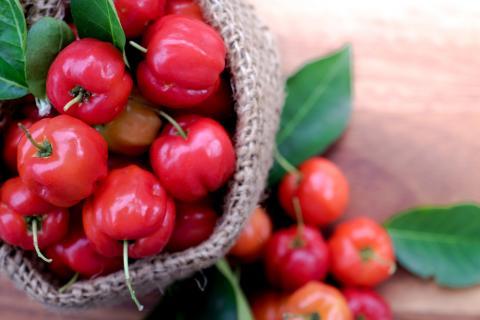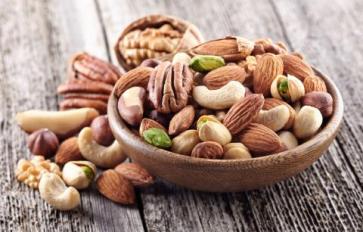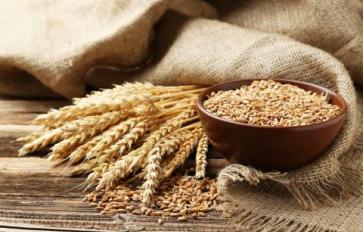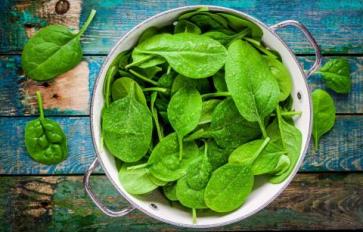
Acerola is a member of the Family Malpighiaceae or Barbados Cherry family of the genus Malpighia L., commonly known as malpighia P, containing eight species. It has several other common nomenclatures that include Barbados Cherry, West Indian Cherry, cereza, cerisier, and semeruco. The plant is thought to have its origin in the Yucatan peninsula of Mexico and made its way to the United States through Texas and is found today throughout the sub-tropical climates of the world. Acerola was not introduced to the world until the late 20th century. The fruit is packed with nutrients and is beneficial in treating many maladies. It has been grown in Japan as a decorative landscape plant and made into bonsai. It has been used in Latin America as an ornamental tree to accent patios and used in homes as center pieces on tables, and to add to the décor of a kitchen and a living room.
Acerola is a small tree that matures quickly to approximately fifteen feet. It can have multiple trunks making it an ideal shrub with a shallow root system that may topple in the wind but can easily be up righted. The leaves range in color from light to dark green and become glossy; they are shaped much like the head of a lance and have tiny hairs that may be irritating to the skin. The blossoms can be pink to white, containing five petals and bloom throughout the year on old growth plants. The fruit is round to oblong in shape with three lobes that are bright red in color. Its flesh is juicy with a delicately sweet flavor and matures in about twenty-five days. It contains triangular seeds shaped from three fluted wings.
Health Benefits Of Acerola (Barbados Cherry)
Acerola is a nutrient rich fruit. It contains vitamins A, B2 (riboflavin), B3 (niacin), B5, (pantothenic acid), B8 (pyridoxine), B9 (folic acid) in the form of folate, and C. The high mineral content in the fruit consists of sodium, potassium, calcium, copper, iron, magnesium, phosphorous, selenium, and zinc. Acerola also contains carbohydrates, protein, fat, and dietary fiber.
Because of its rich nutrient content, acerola inhibits the development of diseases like diabetes. This is due to the antioxidants present in the form of vitamin C which slows the release of sugar into the bloodstream and regulates the flow of insulin and glucose. To add to the antioxidants in the fruit are carotenoids and bioflavonoids which reduce the harmful free radicals that are produced as a natural side effect of metabolic function; this results in a lower risk of developing cancers and slows down the aging process.
Acerola also reduces the risk of developing heart disease. It contains potassium, which dilates the blood vessels, allowing a steady flow of blood, thus relieving the stress on the cardiovascular system. This lowers blood pressure and diminishes the incidents of stroke, heart attack, and the development of atherosclerosis.
How To Grow Acerola (Barbados Cherry)
There are several ways to grow acerola. It is a sub-topical small shrub or tree that does well outside in warm climates and can be grown in containers in colder climates. These plants do not need a deep container but it should drain well. It is advised to use regular potting soil and to fertilize the plant twice a year. The tree can be pruned to maintain a desired size and encourage fruit production. Outdoors acerola may be started by seed, graft, or cuttings. The tree will produce fruit in approximately two years after planted by seed and one year if grafted or the cutting method is used. The fruit should be harvested as soon as it matures as it will quickly go bad.
Eating Acerola (Barbados Cherry)
Acerola is best eaten within a few days or it will develop mold. It is a versatile fruit as an ingredient for many different recipes and eaten fresh. It can also be used to make jams and jellies, syrups and juices. It is made into baby food and is an ingredient in ice cream and popsicles.








